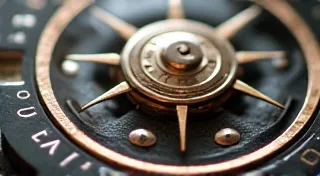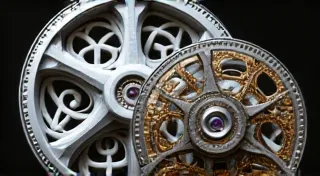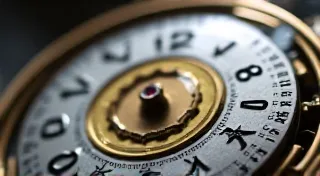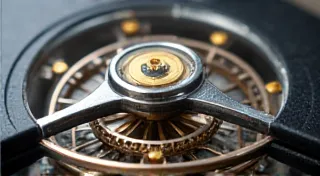A Swiss Watch Movement Identifier: Common Markings and Codes Explained
Identifying a Swiss watch movement can feel like deciphering a secret code. While the elegance and precision of these timepieces are readily apparent, the markings etched onto their components often remain a mystery to all but the most experienced watchmakers and seasoned collectors. This guide aims to demystify those markings, explaining the significance of serial numbers, factory codes, and other identifiers commonly found on Swiss watch movements. Understanding these codes not only enhances appreciation for the craftsmanship involved but also proves invaluable for watch repair, restoration, and accurate historical context.
The Importance of Swiss Watch Movement Identification
Knowing the exact movement within a timepiece isn't just a matter of curiosity. It has practical implications:
- Repair and Servicing: Knowing the movement number is crucial for ordering correct replacement parts, accessing service manuals, and ensuring proper repair techniques.
- Valuation and Collecting: Certain movements are rarer or possess unique characteristics, significantly impacting a watch's value. Accurate identification helps establish a watch's provenance and estimate its worth.
- Historical Research: Movement markings provide clues about the manufacturing period, factory of origin, and even intended application of the watch.
- Authenticity Verification: Comparing markings with documented factory records can help verify the authenticity of a watch and its movement.
Serial Numbers: A Unique Fingerprint
The serial number is arguably the most important marking on a Swiss watch movement. Each movement receives a unique serial number assigned during its manufacturing process. This number serves as a distinct identifier, allowing manufacturers to track individual movements throughout their lifecycle.
Location: Serial numbers are typically found stamped on the movement's main plate, balance wheel, or other prominent components. The location can vary slightly depending on the manufacturer and movement family.
Format: Serial number formats have evolved over time. Early movements (pre-1940s) might have simpler, shorter serial numbers, often just a few digits. Post-war movements frequently employ longer, more complex numbering systems. Some manufacturers incorporated letters alongside numbers to further differentiate movement versions.
Significance: While a serial number itself doesn't definitively tell you everything about a movement (e.g., its exact production date), it’s a vital starting point for further research. Manufacturers often maintain historical records associating serial number ranges with production periods.
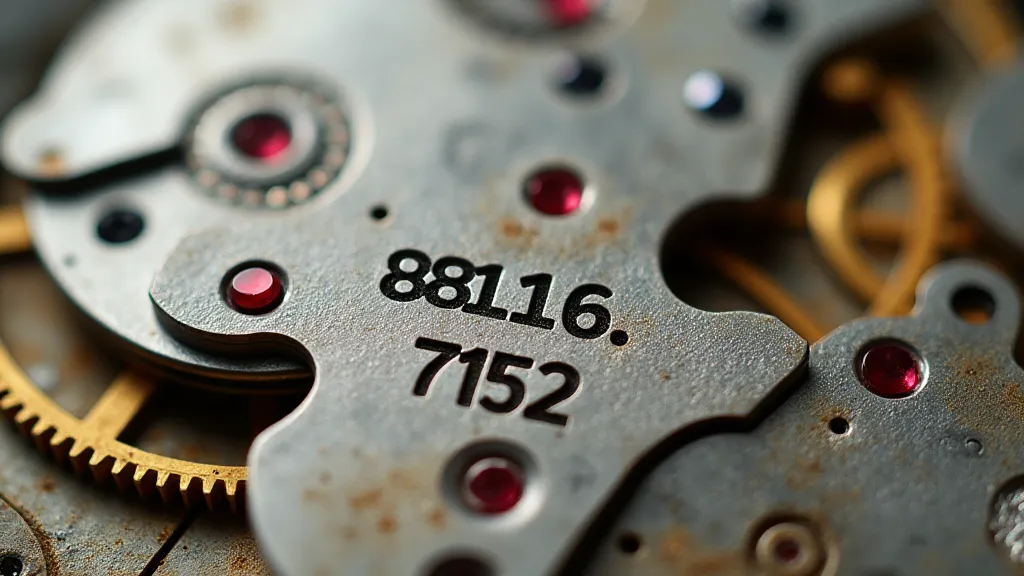
Factory Codes: Tracing the Origin
Alongside the serial number, you'll often encounter factory codes. These codes indicate the factory where the movement was manufactured. Major Swiss watchmaking manufacturers, such as ETA, Valjoux, and Felsa, each had multiple factories, each assigned a unique code.
Common Factory Codes:
- ETA: ETA was, and remains, a dominant force in Swiss watchmaking, producing movements for numerous brands. Their factory codes are frequently seen.
- Valjoux: Valjoux is renowned for its chronograph movements, particularly the famous Valjoux 7750.
- Felsa: Felsa (Frères Elsa) was a significant supplier of movements, and their codes are still encountered on vintage timepieces.
- A. Schild: A. Schild was a smaller manufacturer often absorbed into larger conglomerates, producing movements for a wide range of brands.
Deciphering Codes: Identifying the correct factory code can be challenging, as the codes themselves aren't always intuitive. Online databases and reference materials are invaluable resources for decoding these markings.
Example: An “ESA 980.1” movement often signifies a movement manufactured by ESA (a joint venture between ETA, Longines, and Omega) and then distributed. The '980.1' is the movement type, and the factory location would be a further code to decipher.
Movement Type Codes: Identifying the Family
Movement type codes provide information about the movement’s design, functionality, and intended purpose. These codes are often prefixed by the manufacturer's name or initials (e.g., ETA 2824-2). They describe the core design of the movement, not necessarily the specific individual piece.
Understanding the Structure: These codes generally follow a structured format: Manufacturer + Series Number + Variant Number. For example, ‘ETA 2824-2’ means ‘ETA’ manufacturer, ‘2824’ is the series number, and ‘-2’ represents a specific variant or revision of that series.
Key Movement Families: Familiarizing yourself with common movement families is essential for accurate identification:
- ETA 2824/2825/2836: These are widely used, robust, and reliable automatic movements.
- Valjoux 7750: The quintessential automatic chronograph movement.
- Felsa 4000: A well-regarded automatic movement found in many vintage watches.
Caliber Numbers: An Alternative Designation
Some manufacturers, notably Omega, also use "caliber" numbers to identify their movements. Caliber numbers are less common than serial numbers or factory codes, but they provide an additional layer of information about a movement’s design and history. For example, the Omega 30T2RG was a very famous movement, known for its accuracy and reliability.
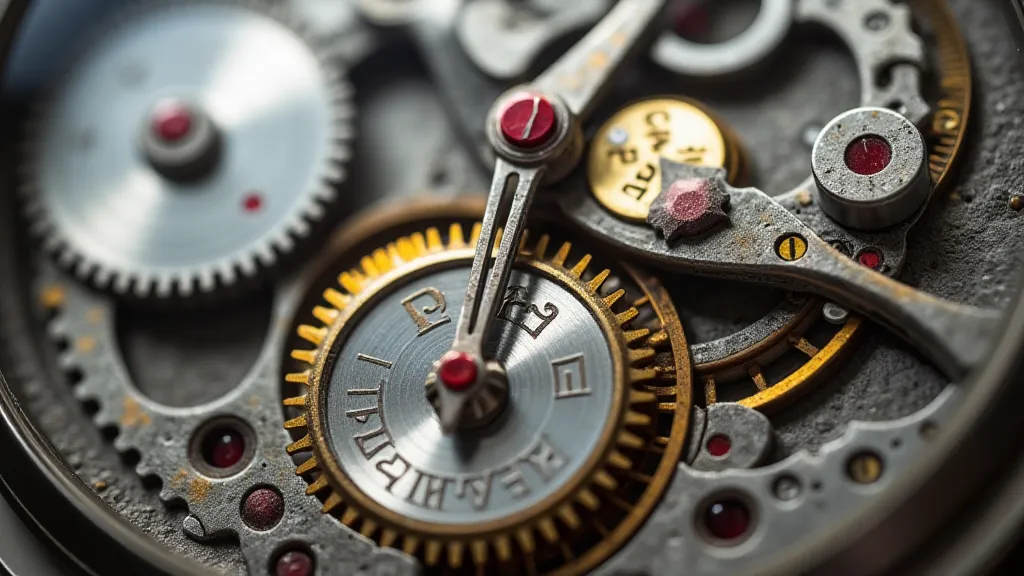
Additional Markings and Their Significance
Beyond serial numbers, factory codes, and caliber numbers, you might encounter other markings on Swiss watch movements:
- Grade Markings: Some movements might be marked with “grade” designations, indicating the intended application of the movement (e.g., “chronograph grade”).
- Adjustments: Markings indicating adjustment points (e.g., “A”, “R”, “T”) show where the movement was regulated.
- Manufacturer’s Logo: The manufacturer’s logo is typically stamped on the movement’s main plate or bridges.
Resources for Further Research
Identifying Swiss watch movements can be a rewarding, albeit challenging, endeavor. The following resources can prove invaluable:
- Online Watch Movement Databases: Numerous websites and online databases provide detailed information about Swiss watch movements, including serial number ranges, factory codes, and technical specifications.
- Watch Repair Forums: Active online forums dedicated to watch repair and collecting provide a platform for asking questions and sharing knowledge with experienced enthusiasts.
- Service Manuals: Service manuals, often available online or through specialist suppliers, provide detailed information about specific movements, including disassembly instructions and repair procedures.
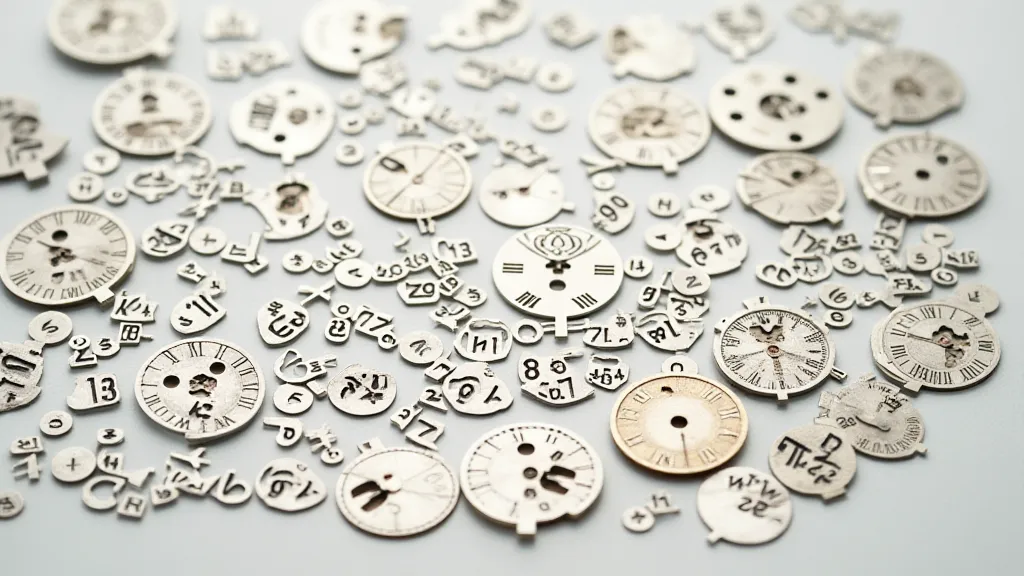
Conclusion
Understanding the markings on Swiss watch movements is more than just an academic exercise; it's a gateway to appreciating the intricate craftsmanship and rich history of these mechanical marvels. By learning to decipher serial numbers, factory codes, and other identifiers, you can gain a deeper understanding of your timepieces, enhance their value, and contribute to the preservation of horological history.
